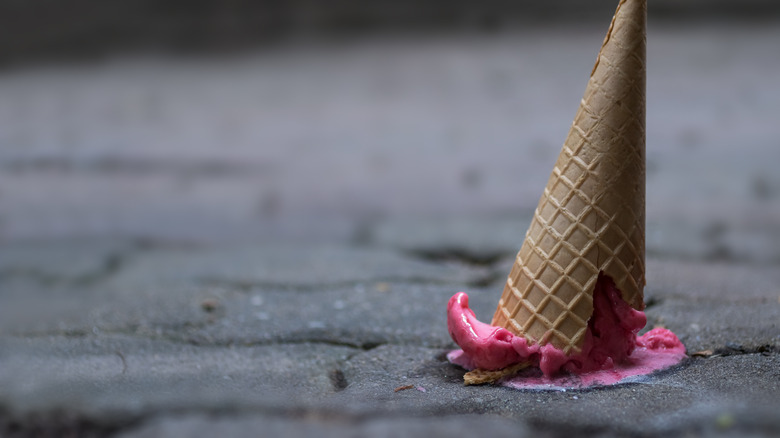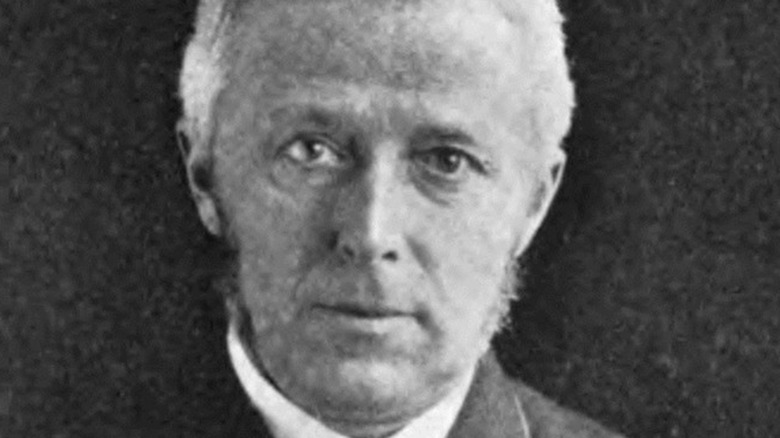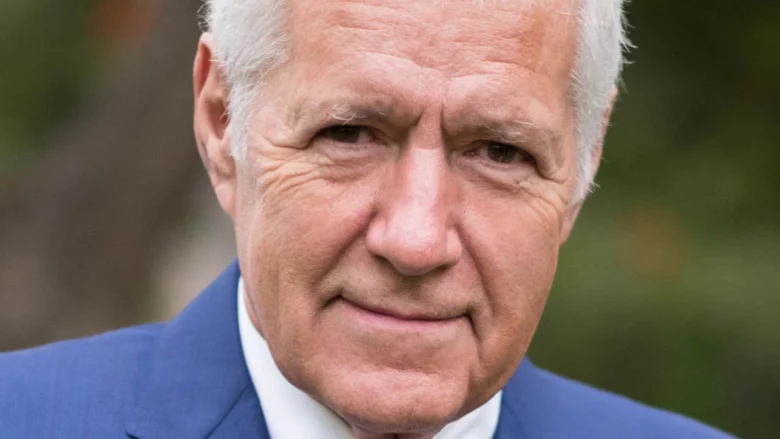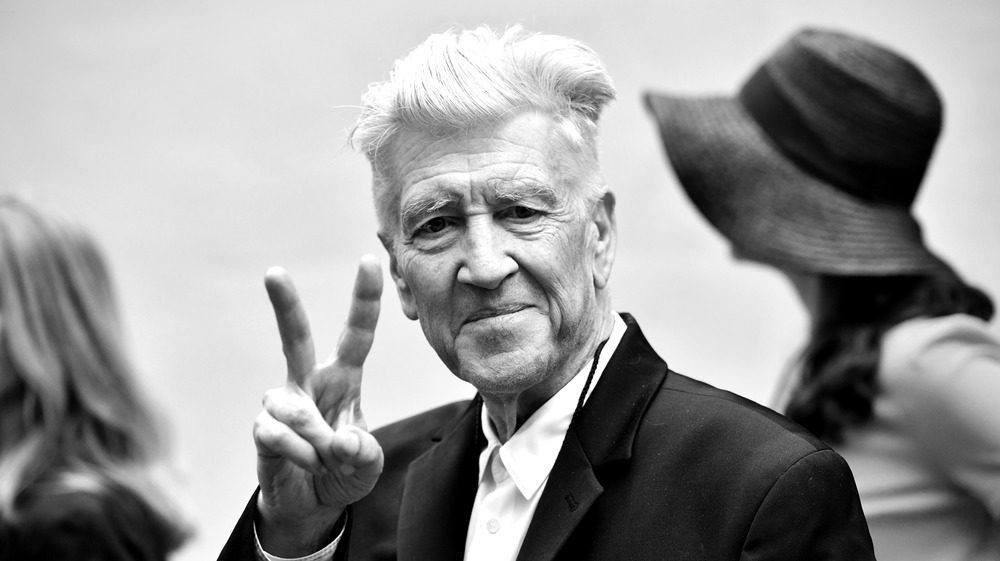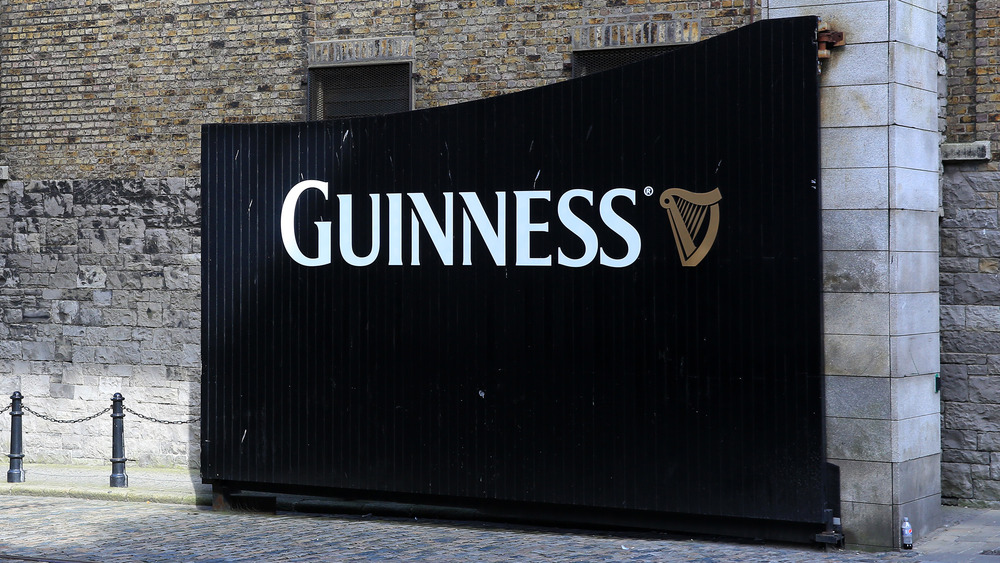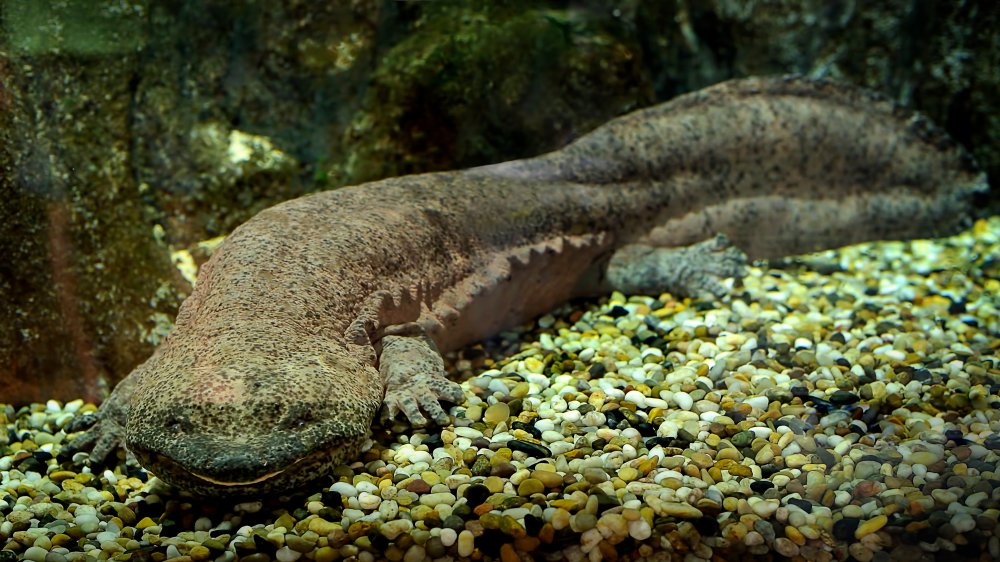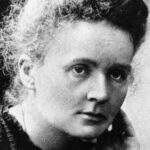
The Tragic Death Of Marie Curie
Marie Curie was a pioneer in physics and chemistry and remains one of the most prominent scientists in the world. She was the first woman to be awarded a Nobel Prize, and the only person to have been awarded a Nobel Prize in two fields. Discovering and isolating two new elements, Marie Curie didn’t know her work would ultimately lead to her death.
Growing up in a time when new governments had banned women from attending higher education facilities, Marie Curie was determined to receive an education. Even though she was at the top of her class in Warsaw, she was unable to continue her education at the university. She sought education through a secret underground series of classes designed for continuing education for Polish women known as the “floating university.” Working out a deal with her sister, where one would work and send the other to college, and then reverse roles, she was eventually able to attend Sorbonne University in Paris, France (via Biography).
After graduating with her Master’s in physics, and an additional degree in mathematics, she was introduced to her future husband, Pierre Curie. The two began to work together, working on both individual projects as well as collaborative. When Marie discovered radioactivity, Pierre put his work aside and joined forces to become an unstoppable pair.
Curie was unaware of side effects of radium exposure
After Pierre’s death in 1906, Curie took over his teaching position and became the first female professor at Sorbonne. She was wholly committed to her work, and was often known to carry around test tubes of radium in her lab coat. Her work with radium led to the discovery of the first portable x-ray machine (via Biography).
However, Curie was unaware of the harmful side effects of radioactive exposure that we know today (via Stanford). In 1934, Curie died from aplastic anemia, thought to have been caused by the high radium exposure she experienced throughout her research. Per the Mayo Clinic, aplastic anemia is a rare bone marrow disease, where the bone marrow does not produce enough red blood cells. This causes fatigue, shortness of breath, unexplained bruising, and other symptoms.
Curie was originally buried alongside her late husband in Sceaux, a suburb of Paris, however, their bodies were exhumed and transferred to the Pantheon (via The Vintage News). Additionally, all her belongings, including household furnishings and clothing, are still radioactive to this day. If one wants to view her notebooks in the Bibliotheque National in Paris, they must first sign a waiver and put on a protective suit. All belongings on display are encased in lead to combat the high levels of radioactivity (via Science Alert).
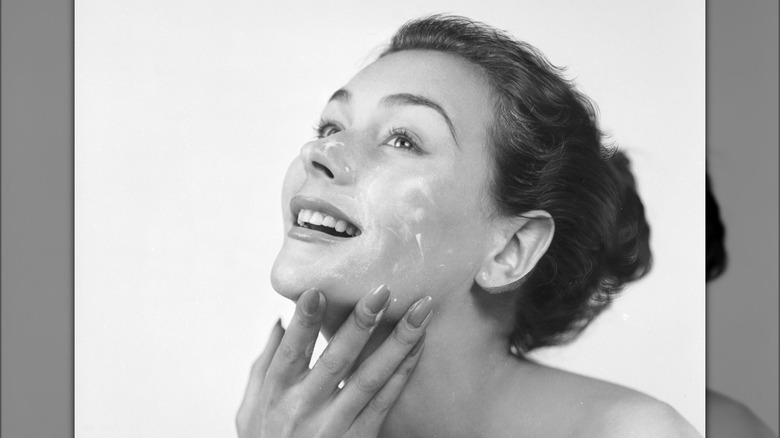
Why Radioactive Face Cream Was Once A Beauty Practice

Why The Mayans Painted Human Sacrifices Blue

The Real Reason The Segway Was A Failure
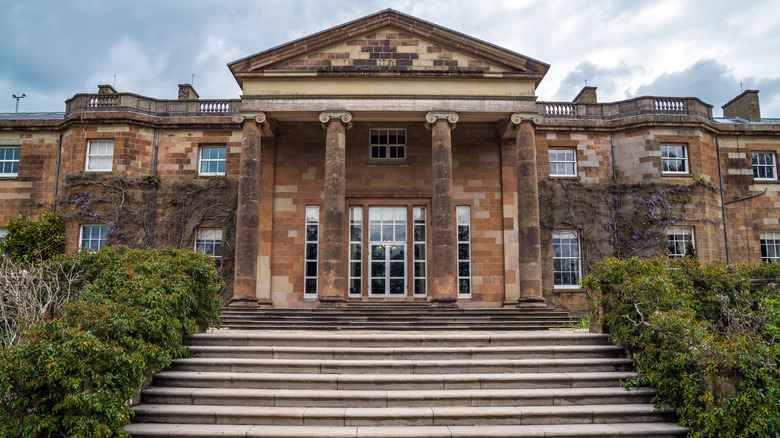
The Mysterious Skeleton Discovered In Northern Ireland's Hillsborough Castle
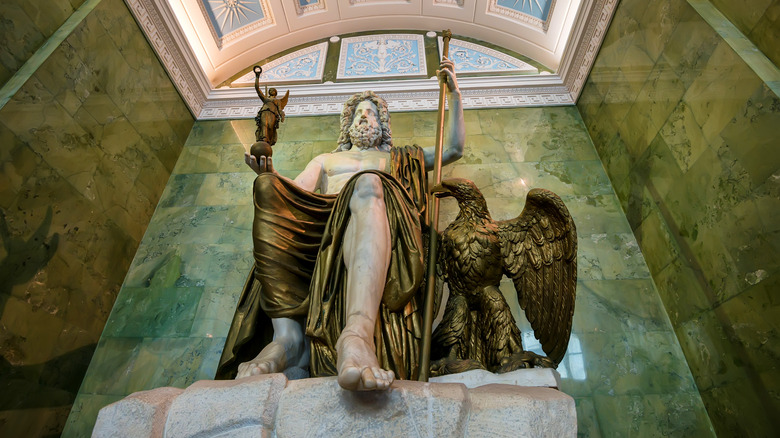
The Untold Truth Of The Statue Of Zeus At Olympia
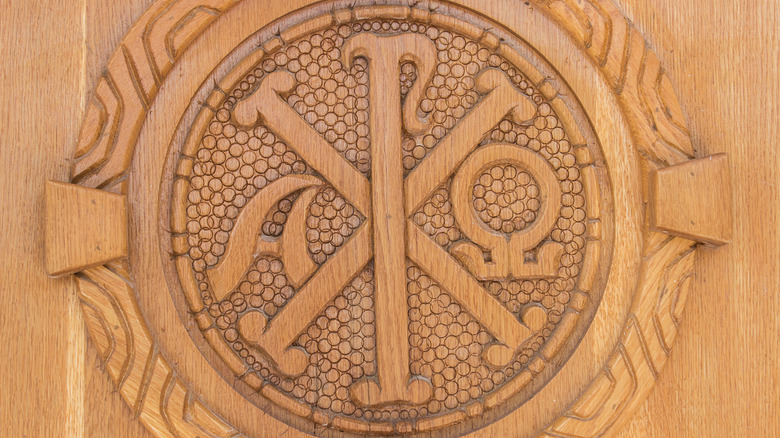
Major Christian Symbols Explained

What Esau Really Looked Like According To The Bible
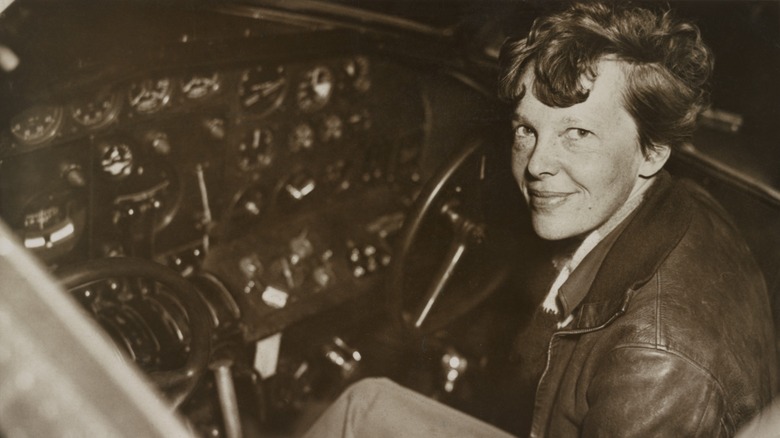
Did Amelia Earhart Have Any Kids?
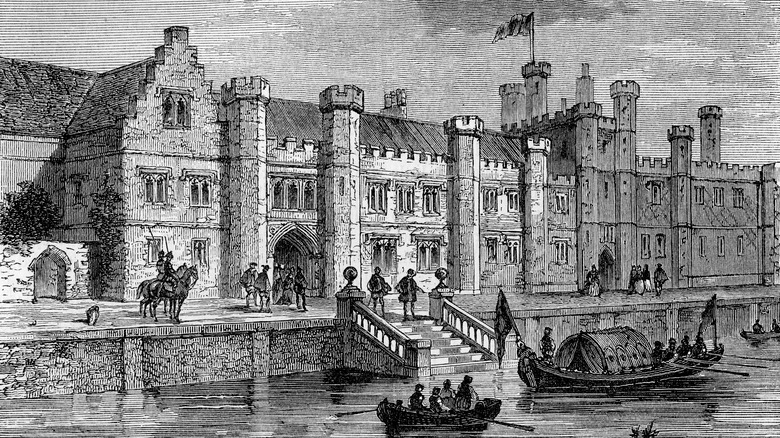
Things You Didn't Know About The Palace Of Placentia

Messed Up Things That Happened During The Renaissance

